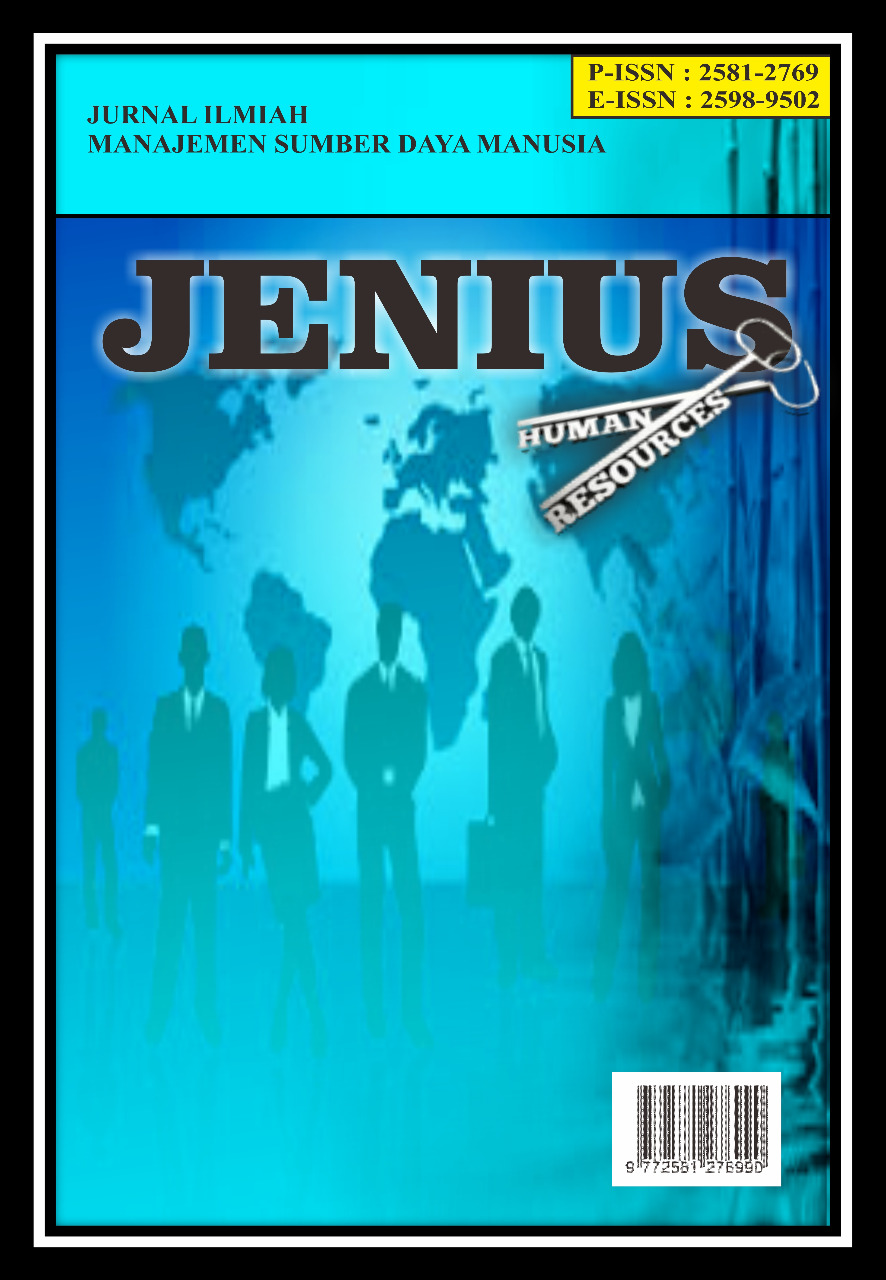Excellent Service with the 3A Concept (Attitude, Attention, Action) at LPPP State University of Malang
DOI:
https://doi.org/10.32493/JJSDM.v7i3.41921Keywords:
Excellent Service; Excellent Service Concept; Excellent Service at UniversityAbstract
This research aims to obtain information about excellent service with the concept of Attitude, Attention, and Action carried out at the Malang State University Education and Learning Development Institute (LPPP UM) office. The research method used is descriptive qualitative. Data collection was carried out through interviews with educational staff, observation, and documentation. The data obtained were analyzed using the Miles & Huberman model. The results showed that excellent service carried out by academic staff at LPPP UM has implemented the 3A concept well. Excellent service provided with the idea of Attitude has three main things, namely a polite and physically harmonious appearance, serving with a positive and logical attitude, and serving with an attitude of respect. Excellent service with the concept of Attention also has three main things, understanding sincerely, respecting behavior, and devoting full attention to guests. Excellent service with the Action concept has five main things, including always noting what guests want, recording guest needs, confirming and summarizing guest needs, trying to realize guest wishes as expected, and thanking guests.
References
1. Barata, A. A. (2003). Basics of Excellent Service. PT. Gramedia Pustaka.
2. Binar Academy. (2024). Data Analysis Techniques. Retrieved July 9, 2024, from https://www.binaracademy.com/blog/teknik-analisis-data
3. Daryanto, Setyabudi, I., & Bintoro. (2014). Consumer and Excellent Service (1st ed.). Gava Media.
4. Frimayasa, A., & Kamal, F. (2017). The application of excellent service to meet the community's expectations for public services in Makassar Village, East Jakarta. Horizon: Journal of Humanities of Bina Sarana Informatics University, 17(2), 179–188. https://doi.org/10.31294/jc.v17i2.2428
5. Cashmere. (2017). Excellent Customer Services: Theory and Practice (1st ed.). PT RajaGrafindo Persada.
6. Lenaini, I. (2021). Purposive Sampling and Snowball Sampling Techniques. HISTORICAL: Journal of Studies, Research & Development of History Education, 6(1), 33–39. https://doi.org/10.31764/historis.vXiY.4075
7. Mukarom, Z., & Laksana, M. W. L. (2015). Public Service Management (1st ed.). Pustaka Setia.
8. Rangkuti, F. (2017). Customer Care Excellence. PT Gramedia Pustaka Utama.
9. Rijal Fadli, M. (2021). Understand the design of qualitative research methods. Humanities, Scientific Studies of General Courses, 21(1), 33–54. https://doi.org/10.21831/hum.v21i1
10. Cakrawala University. (2023). Differences between Institutes, Universities, Colleges and Polytechnics.
11. Zulkarnain, W., & Sumarsono, R. B. (2018). Office Management and Ethics: Excellent Service Practices (1st ed.). PT Remaja Rosdakarya.
Downloads
Published
How to Cite
Issue
Section
License
Copyright (c) 2024 Intan Dina Kartika, Hardika, Dwi Soca Baskara

This work is licensed under a Creative Commons Attribution 4.0 International License.
Authors who publish in this journal agree to the following terms:
The author owns the copyright of the article and assigns to the journal the right of first publication with the work simultaneously licensed under the terms Atribusi 4.0 Internasional (CC BY 4.0)
 which allows others to share the work with acknowledgment of the work's authorship and initial publication in this journal.
which allows others to share the work with acknowledgment of the work's authorship and initial publication in this journal.Authors may enter into separate additional contractual arrangements for the non-exclusive distribution of the published journal version of the work (for example, posting it to an institutional repository or publishing it in a book), with acknowledgment of the work's original publication in this journal.
Authors are permitted and encouraged to post their work online (for example, in institutional repositories or on their websites) before and during the submission process, as this can lead to productive exchanges, as well as earlier and larger citations of published work (See The Effect of Open Access).






.png)

